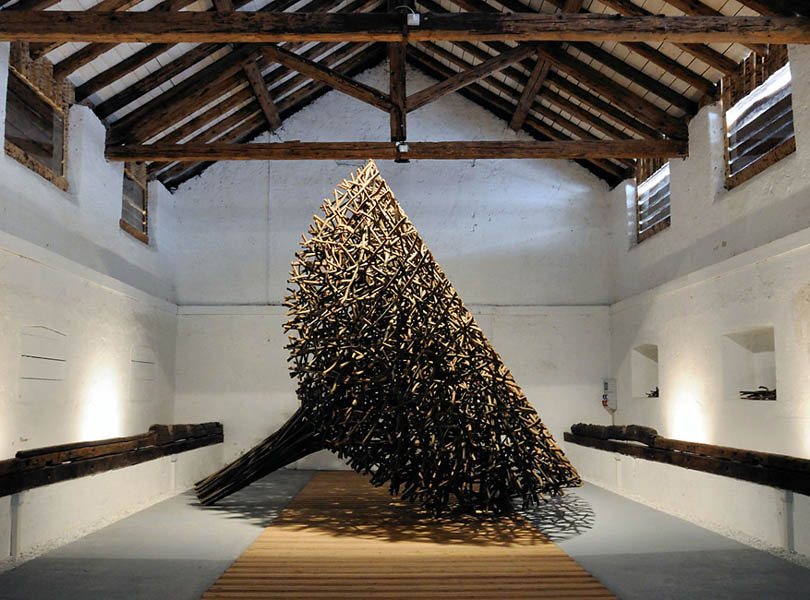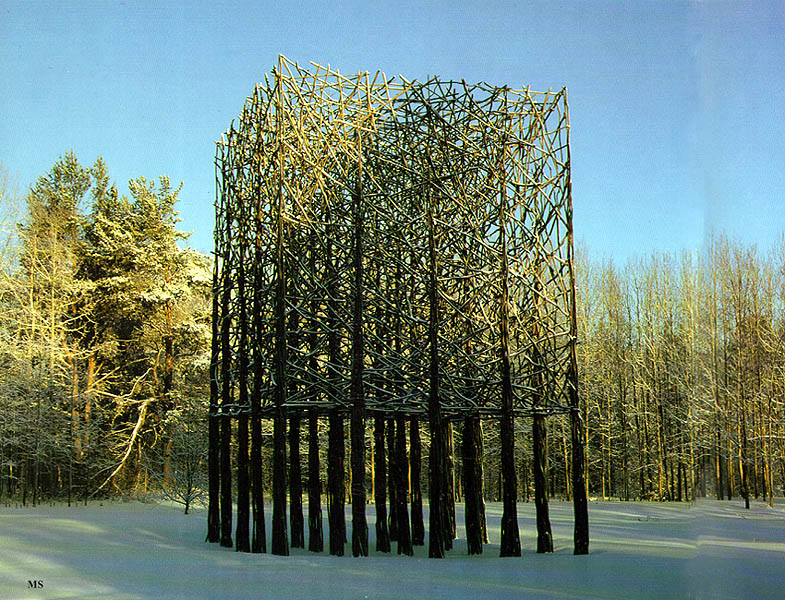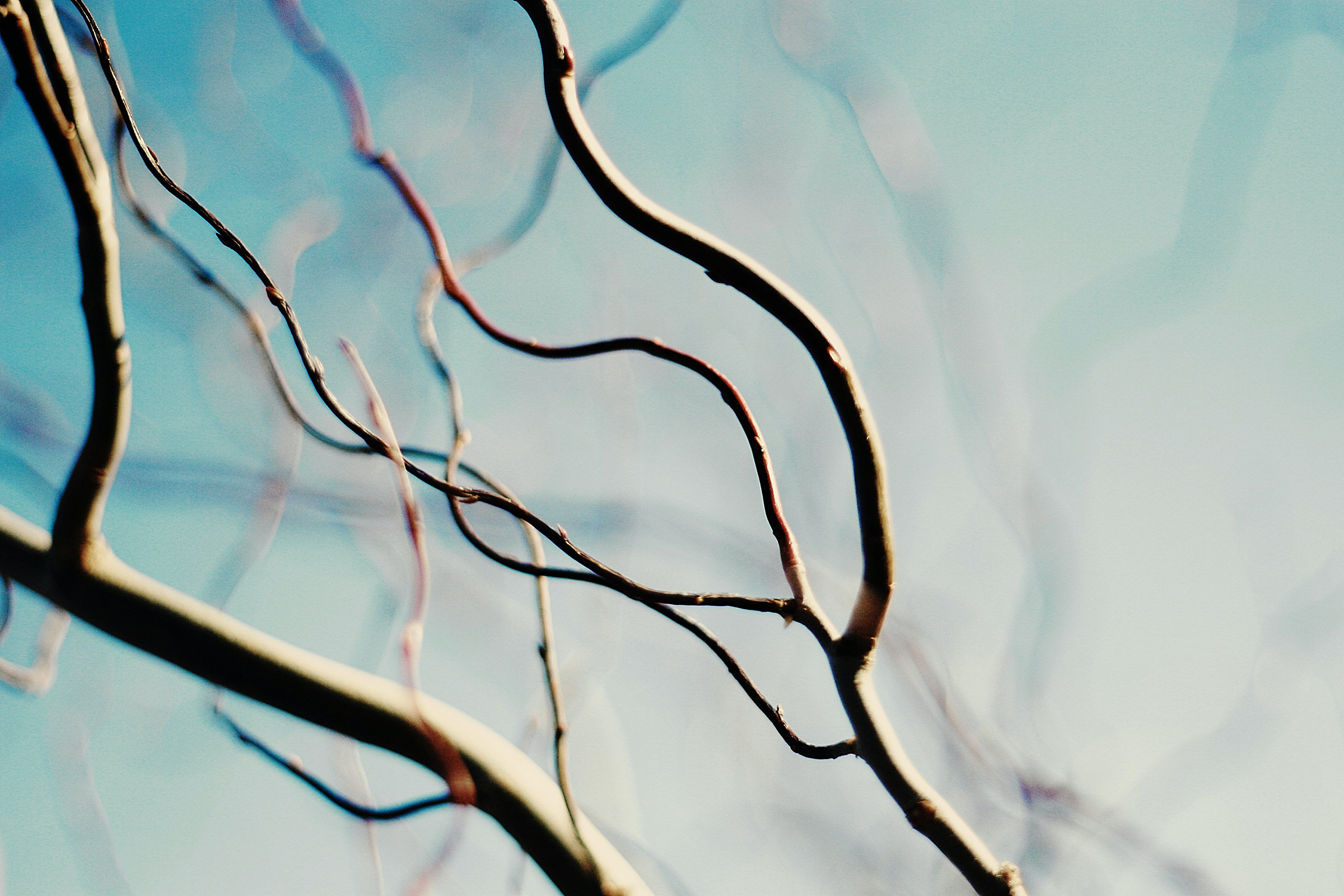When we talk about nature in art we usually think of landscapes.
Masters of classical painting such as the Flemish Jacob van Ruisdael, the British John Constable, the American Thomas Cole, the Dutch Vincent Van Gogh, or the French Monet and Cézanne, among many others, were renowned landscape painters.
Nevertheless, nature has also been highly present in other visual arts.
From the gardens of Versailles (France) by André Le Nôtre to sculptures such as Eduardo Chillida’s The Comb of the Wind in San Sebastián (Spain) to the photographs of the Yosemite National Park (United States) by the Californian Ansel Adams; the natural world was the source of inspiration for all of them. Likewise, Japanese architecture integrates buildings with the environment and uses vegetable materials such as paper, bamboo, and wood.
Environmental art has evolved away from formal concerns, working with the earth as a sculptural material, towards a deeper relationship with the systems, processes, and phenomena related to social concerns.
Integrated social and ecological approaches, developed as an ethical and restorative stance, emerged in the 1990s. In the last ten years; environmental art has become a focal point of exhibitions around the world as the social and cultural aspects of climate change have come to the forefront.
Branches and logs found near a site, woven into beautiful shapes.
Jaakko Pernu is an environmental and minimalist artist from Finland. His favorite material is wood, as his father used to build boats when he was a child; Pernu often helped him. By observing his father’s technique and learning how wood can be worked. Jaakko Pernu developed a talent for handling wood that is reflected in his works.
His larger-than-life environmental sculptures forge branches into each other, designing a new type of leafless tree that imitates geometric and artificial forms, which are rare in nature.

His Timberline series of artworks
The wonderful thing about this series of sculptural works on earth, called Timberline, is their playfulness. Indeed, they could easily bring a smile to a passing pedestrian’s face. Some of them blend in, which is a pleasant surprise when you see them, while others can’t help but stand out. They alter the space they inhabit, allowing viewers to notice a visible difference. It could be read as a sign of the negative impact man has on the surrounding natural landscape.
The conceptual starting point of his work evokes a forest theme. When working on a large object, the cubic form, raised above the trunks, contrasts the apparent chaos of the organic materials with the minimalist exterior form.
The title of the work also allows for a certain irony: an orthodox school of environmental or earth art might not approve of the lengthy transportation of the materials from one place to another, nor the 5500 screws needed for the structure of the work. In this case, however, the concept of “dematerialization” is accurate.

Pernu leaves the interpretation to the observer, but the environmental and minimalist artist says of his work: “My theme is the influence of humans on nature, the influence of nature on humans” mentions the artist in the description of his artworks (here).
Something different from Land Art
The sculptures of the environmental and minimalist artist, Jakko Pernu can be characterized by their large dimension and a strong visual impact. Because not all of his works fall into the category of Land Art, we cannot categorize him as an artist of this genre. But, regardless of this, Pernu has a deep connection to nature.
His specific interventions on the territory often play with some contradictions or antithesis, such as the light combined with the general form, or aesthetics and contour with organic matter, or translucent forms contrasting with a solid structure. Thus, the intuition of a refined work explores the influence of the human being on nature and vice versa.
If you want to know more about environmental art and large-scale installations, click here.





